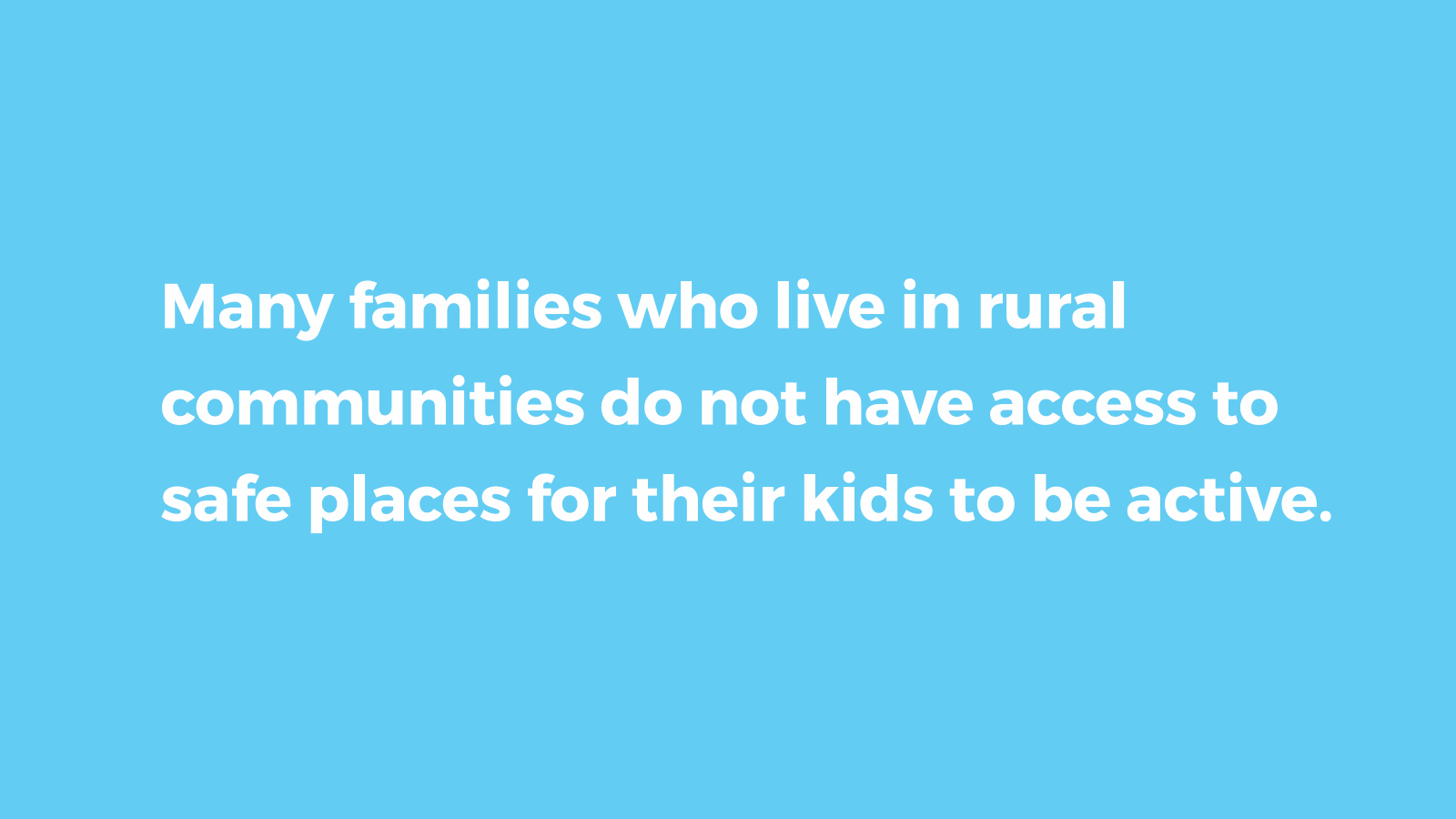2017 Youth Risk Behavior Surveillance System (YRBSS) Data Released
The Centers for Disease Control and Prevention has provided the below highlights from the data on nutrition, physical activity and chronic conditions.
The 2017 YRBSS examines overall trends in 121 health-related behaviors of students in grades 9-12 plus obesity, overweight, and asthma.
Most high school students are not meeting the recommended guidelines for daily physical activity.
- Seventy four percent of high school students are not getting 60 minutes or more of physical activity per day.
- Fifty percent more students are spending three or more hours per day playing video games or spending leisure time on a computer than getting at least one hour of physical activity. This includes using smartphones and tablets but does not include additional time spent watching tv. The prevalence was higher among black (47.2%) and Hispanic (45.4%) than white (40.7%) students.
There is room for improvement in healthy eating for students and large racial disparities exist.
- There is a slight decrease from 2015 (57.8%) in students that had at least one sports drink the week before the survey, but 52.3% of students had at least one that week.
- Forty percent of high school students are not eating even one vegetable each day. The prevalence of not having eaten vegetables one or more times per day was higher among black students (50.6%) than Hispanic (43.9%) or white (37.2%) students
- Not enough students are starting their day ready to learn with only 35.3% of students eating breakfast every day. The prevalence of having daily breakfast was higher for white students (38.1%) than black (28.7%) or Hispanic (31.7%) students.
Obesity and overweight remains high among high school students and racial disparities persist.
- More than one-third of students had obesity or were overweight (30.4%). The prevalence of obesity or overweight was higher among Hispanic (37.7%) and black (36%) students than white (26.5%) students.
- Nationwide, 47.1% of students were trying to lose weight. The prevalence of trying to lose weight was higher among Hispanic (55.4%) than white (45.1%) and black (42.3%) students.
A majority of high school students are still not getting enough sleep at night.
- Seventy-four percent of students are not getting recommended 8 hours of sleep each night.
- The prevalence of getting 8 or more hours of sleep was higher among 9th-grade (34.8%) than 10th-grade (26.6%), 11th-grade (21.4%), and 12th-grade (17.6%).
Many students come to school with a health condition, like asthma, and they need help managing it.
- Twenty two and a half percent (22.5%) of students have been diagnosed with asthma by a health care provider.
- The prevalence of having ever been told by a health care provider that they have asthma was higher among black (29.8%) than white (20.9%) and Hispanic (21.1%) students
Schools have a unique and important role to play in addressing the health-related behaviors of all students. Schools can:
- Teach and provide students with opportunities to improve their dietary and physical activity behaviors to establish lifelong habits.
- Provide healthy and enriching alternatives to screen-time (playing video games, watching TV, using smartphones and tablets) through beneficial afterschool options.
- Support healthy sleep for students by adopting later start times for high school.
- Support student health, learning and attendance by providing case management and adopting policies to help students manage conditions, like asthma, at school.
View all of the YRBSS results here.


